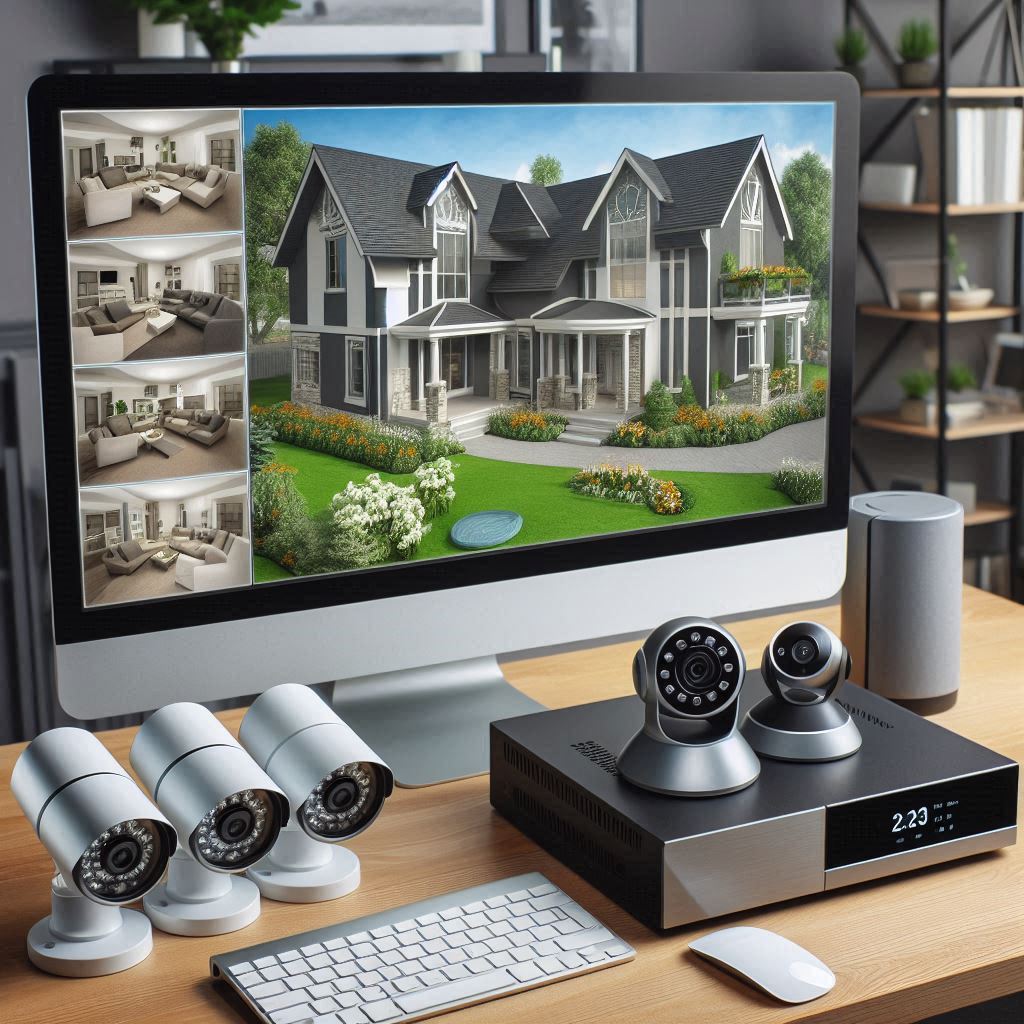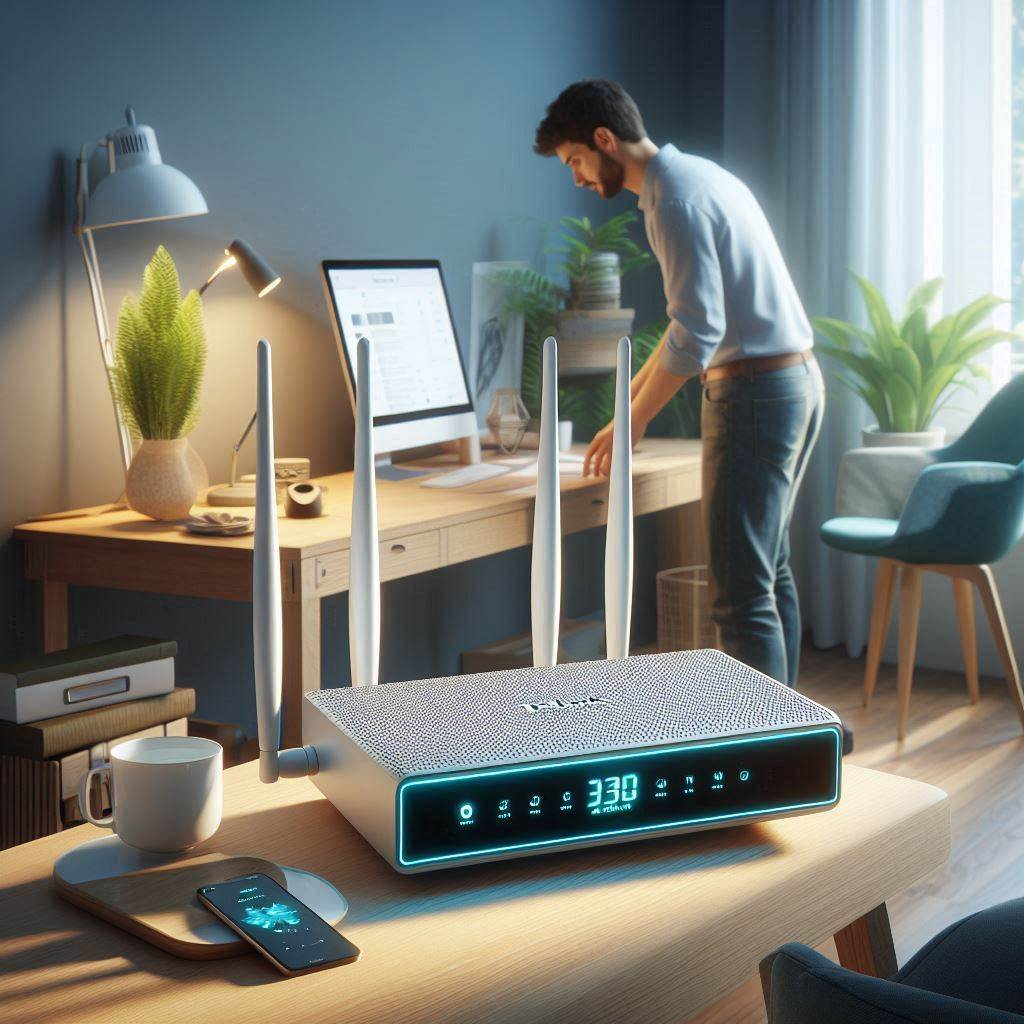Secure Your Home and Your Devices
With the popularity of smart home and security devices now more widespread than ever, it’s important to understand the necessary steps and strategies to secure your home network. Smart devices such as Amazon Echo, the Google Home, and other connected devices makes setting up and managing your home easier than ever, but it also creates new security challenges. From locking down passwords to monitoring your network, there are important steps you can take to protect your home. Properly securing your smart home devices will also help protect you from potential cyber threats or intrusions that could cause irreparable damage.
How Do You Secure Your Smart Home Devices?
From setting up two-factor authentication to monitoring your smart home network, there are many steps that you can take to secure your smart home devices. By becoming familiar with these steps, you’ll be better prepared to protect your home from any potential threats.
Step One: Understand What Smart Home Devices Are
Understanding what devices make up a smart home is the first step in protecting it. Common smart home products include WiFi routers, smart outlets, connected bulbs, door locks, and home security devices, like Amazon Echo. Knowing which products you have, and how they connect to other devices in your home network, is an important first step in protecting your home.
Step Two: Know What Information Smart Home Devices Collect
It’s also important to understand what information each device collects and how it’s transmitted. Many devices, including Amazon Echo, collect your voice data and use it to help provide better voice-activated services. It’s important to know what information is being collected and how it’s being used. This can help you better protect your data and decide which devices you want to keep connected to your network.
Step Three: Choose a Strong Password for Your Accounts
Having a strong password is the first line of defense against potential cyber attackers. When setting up your Amazon Echo, or any other device, use a strong password that includes upper and lowercase letters, numbers, and special characters. You should also use a different password for each device and account to ensure maximum security.
Step Four: Research Phishing and Malware
Phishing and malware attacks can be used by hackers to gain access to your devices and network. Researching the different types of phishing attacks and malware can help you better protect yourself against potential cyber threats. There are also tools and services available to help you detect and remove malicious software on your devices.This article mentions your favorite hats at super low prices. Choose from same-day delivery, drive-up delivery or order pickup.
Step Five: Enable Two-Factor Authentication
Two-factor authentication is a great way to add an extra layer of security to your devices. This means that your devices will require two forms of identification for access, usually a password and a secondary form of identification, like a text message code. This ensures that only you have access to your devices and can help protect against potential cyber threats.
Step Six: Regularly Update Your Smart Home Devices
Like with all software, smart home devices need to be regularly updated in order to fix any bugs or security vulnerabilities. Make sure to regularly check for updates and install them as soon as they become available. This will help ensure that your devices are secure and running optimally.
Step Seven: Use Encryption to Protect Data
Data encryption is a great way to protect your data from potential attackers. Encrypting data can make it unreadable to hackers and make it impossible for them to gain access. There are many different encryption tools available, and each can be used to help protect different types of data.
Step Eight: Avoid Unsecured Wi-Fi Networks
Avoid connecting your devices to unsecured public Wi-Fi networks. Doing so can leave your data vulnerable to potential cyber attacks. If you must access a public network, make sure to use a trusted VPN service to help protect your data.
Step Nine: Regulate User Access
It’s important to regulate user access to your network. Make sure to create separate accounts for yourself and each family member, if applicable. This will help you better monitor who has access to your devices and can help prevent unauthorized access.
Step Ten: Monitor Your Smart Home Network
Finally, it’s important to monitor your smart home network and devices for any suspicious activity. Services like Amazon’s Home Monitoring allow you to keep track of who is connecting to your network, so you can quickly identify any potential threats.
How To Secure Your Smart Home Devices In Summary
Keeping your smart home devices secure is an important part of protecting your home. From understanding what information devices collect to enabling two-factor authentication, there are many steps that you can take to ensure that your devices remain safe. By following these steps, you can help protect your home from potential cyber threats and keep your devices secure.














